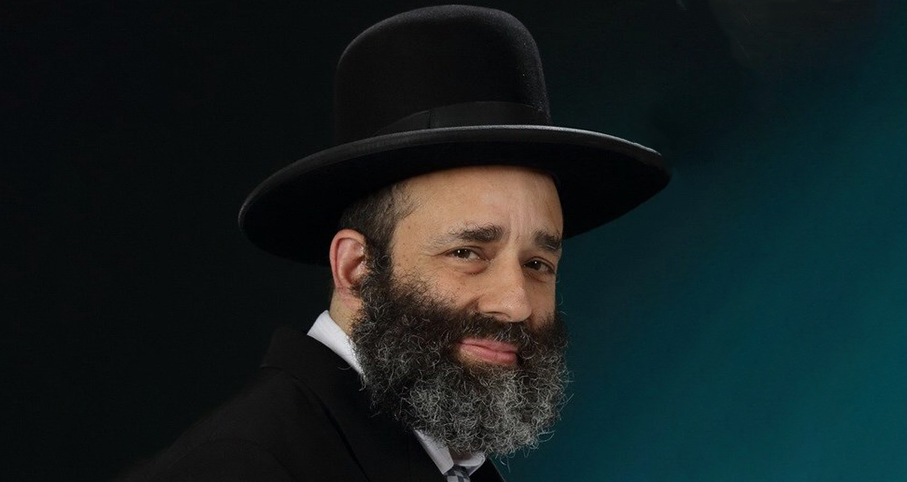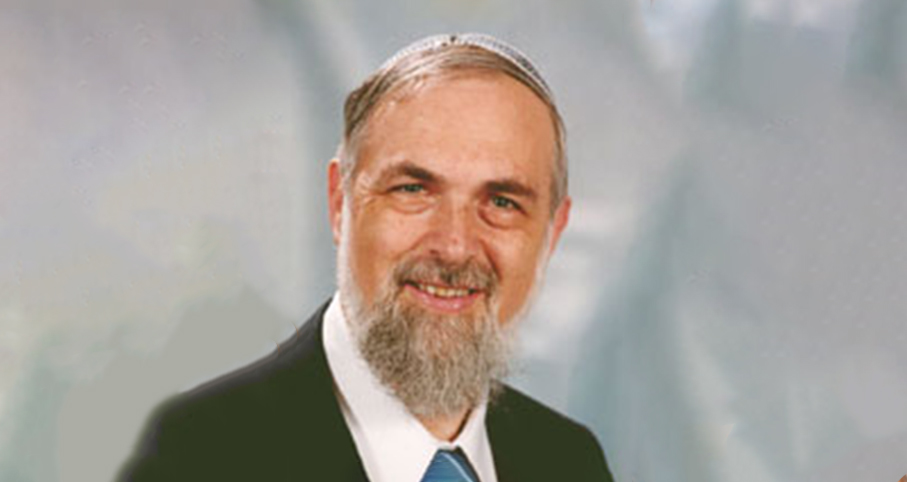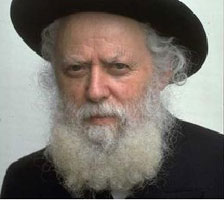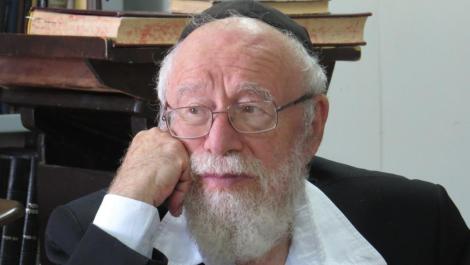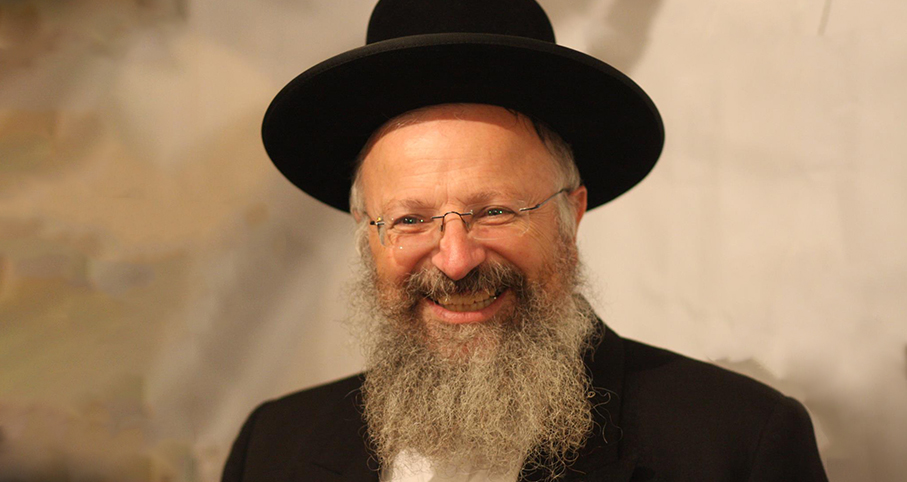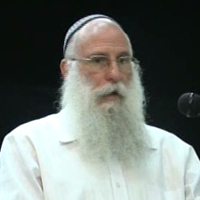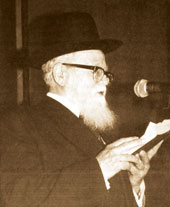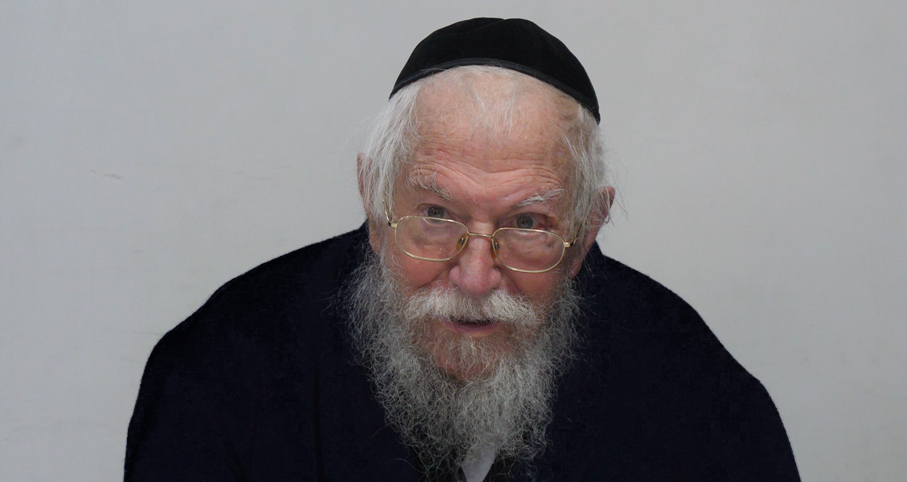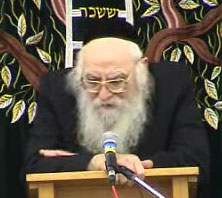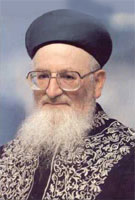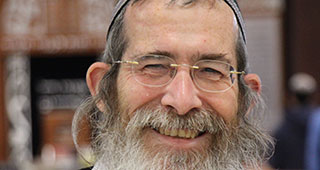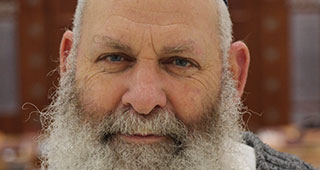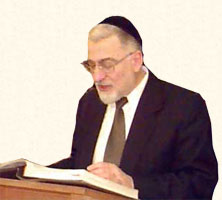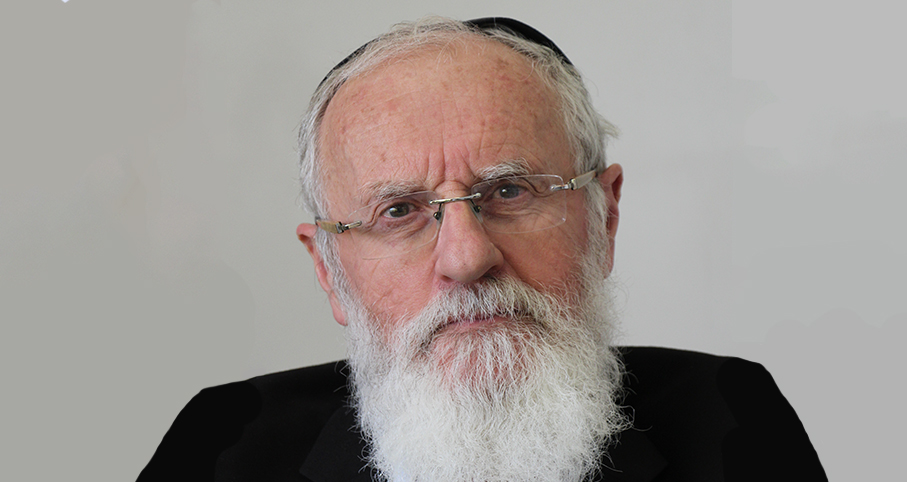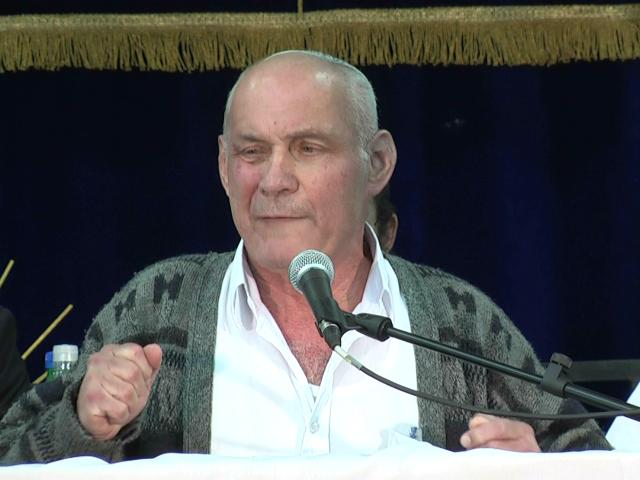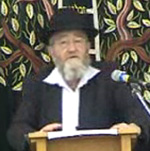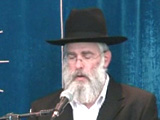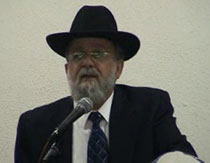Beit Midrash
- Family and Society
- The Jewish Household
- Marriage and Relationships
There is a custom that the parents or close relatives of the groom and the bride accompany them to stand under the chupah. This was traditional in Eastern European society and is pretty much the norm in all Ashkenazic wedding ceremonies. In today’s Israel in many circles the groom is danced to the chupah by a multitude of his friends and the bride likewise receives such an accompaniment by her friends. In many of the countries of the Diaspora - particularly America and England - there is a wedding procession of undetermined length consisting of chosen family members and friends. Whether this type of procession is a product of acculturation from the general non-Jewish society or accustom of Jewish origin is a matter of debate. In Ashkenazic circles there is also a custom of the bride accompanied by her mother and the groom’s mother circling the groom seven times as he stands under the chupah. This custom is thought to be of kabbalistic origin and is only a few centuries old. In Ashkenazic society there also is a wedding custom that before the ceremony actually begins the groom lowers the veil over the face of the bride. This is in keeping with the Talmudic dictum that one is not allowed to marry a woman unless one first sees her and can recognize her.
Jewish weddings were quite simple in past times due to economic realities and social strictures. Over the past decades they have become more ornate and elaborate and expensive, certainly in America but even in Israel as well. This is certainly due to the greater affluence of the Jewish communities world wide and of heightened social pressures and expectations. Because of the cost ivolved many people now invite the young couple’s friends to dessert and dancing after the main meal is over.Again, the rabbis of the Talmud warned us that a certain amount of aggravation and contentiousness arises in all wedding plannings and negotiations. Nevertheless a wedding is a happy milestone of achievement in Jewish family life and the ceremony and its accompanying customs are attuned to this joy of the occasion.
Home, Man, and Woman
Rabbi Shimon Klein | 5767

May Panim Chadashot Leave Sheva Berachot Early?
Rabbi Daniel Mann | Av 5783
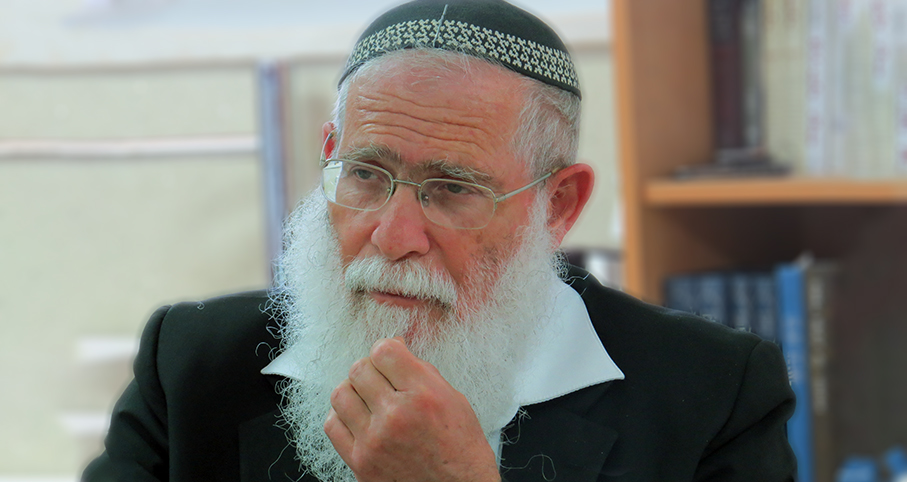
Memories of Rabbi Mordechai Eliyahu zt”l
Rabbi Elyakim Levanon
